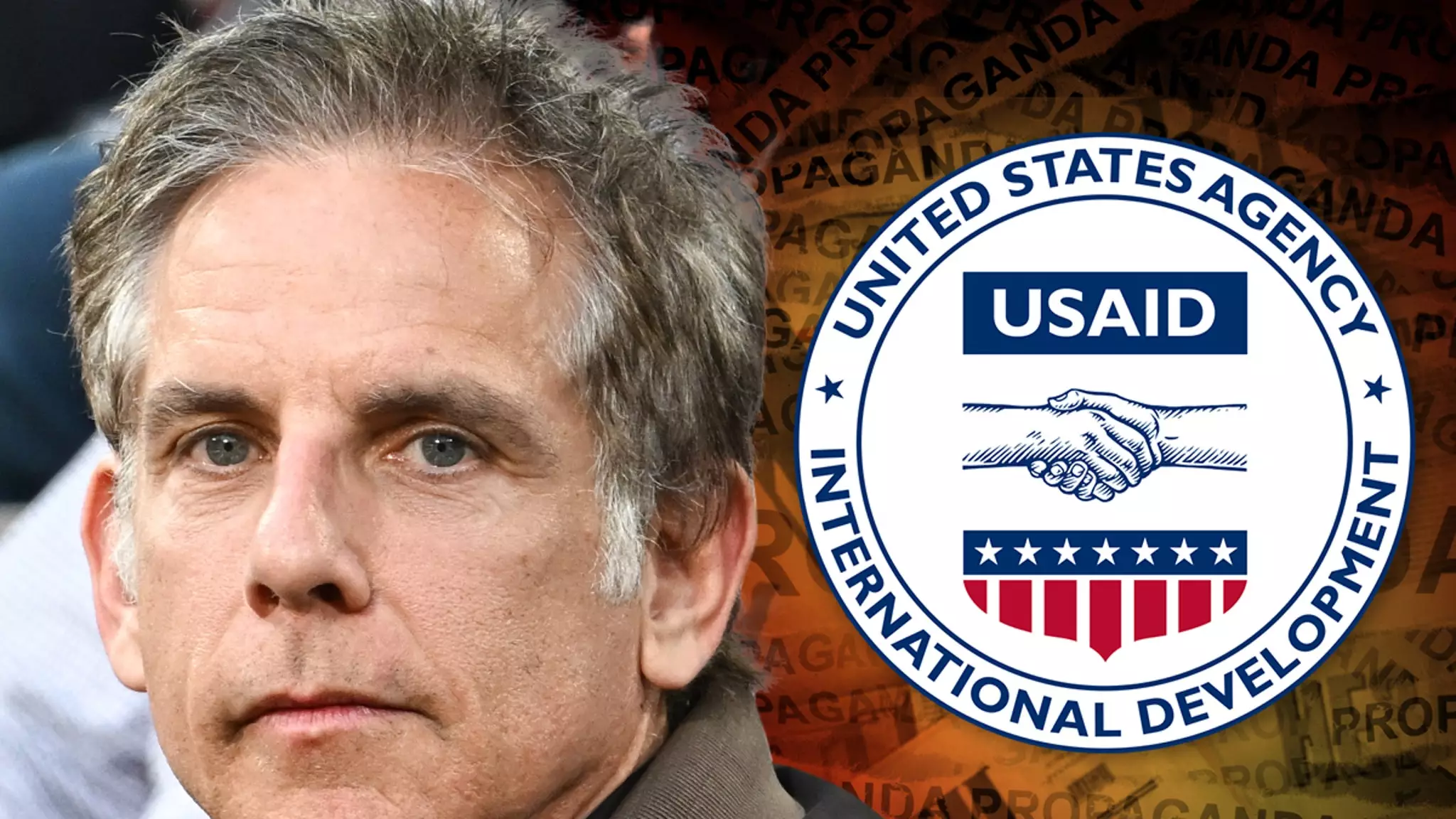In the chaotic realm of social media, misinformation can spread rapidly, causing conflicts and misunderstandings that overshadow substantive contributions. This has been exemplified in the case of actor and humanitarian Ben Stiller, who recently found himself embroiled in controversy stemming from a viral, fabricated video suggesting that celebrities, including him, were funded by USAID for their visits to Ukraine. The original claims, which gained traction through platforms like X (formerly Twitter), are inherently misleading and demonstrate a broader issue with the dissemination of false information online.
In reaction to these unfounded allegations, Stiller has publicly asserted the transparency of his humanitarian efforts. He categorically denied receiving any monetary compensation for his travel to Ukraine, emphasizing that his trip was completely self-funded. This is a clear attempt to rectify the narrative and push back against the troubling trend of attributing financial gain to acts of humanitarianism. Stiller’s insistence that these claims originate from Russian media not only underscores the political motivations behind misinformation but also serves to highlight the delicate nature of international public perception during times of crisis.
Humanitarian trips by high-profile celebrities can draw significant attention to issues as dire as war and displacement. Stiller’s visit to Ukraine in 2022, during the Russian invasion, was not simply an act of celebrity theatrics; rather, it was a strategic move to shine a light on the plight of countless individuals affected by the conflict. Engaging with leaders such as President Volodymyr Zelenskyy and advocating for global support on platforms like World Refugee Day reflects a commitment to humanitarian principles that transcend personal agendas. However, the association of such endeavors with financial motives can trivialize the genuine efforts being made.
The spread of the misleading video on social media can be viewed as a manifestation of wider social media dynamics where sensationalism often overshadows accuracy. Individuals like Elon Musk, who amplify these narratives, add layers of complexity to the discourse surrounding humanitarian efforts. The loud voices of controversial figures can distort reality quickly and misrepresent the heroism and authenticity of those engaged in humanitarian work. Stiller’s situation exemplifies the challenges faced by public figures whose noble intentions can be exploited by specific political interests.
Double-checking facts before sharing information has never been more crucial, particularly in a world where misinformation can spread at breakneck speed. Stiller’s clarification serves as a reminder of the importance of integrity in humanitarian efforts and the need for vigilance against misleading narratives. As he continues to advocate for those displaced by war, it becomes evident that compassion and transparency are vital in addressing not just the crises themselves but also the narratives surrounding them. In today’s digital age, where scrutiny and doubt proliferate, maintaining a solid commitment to truth remains essential for those who choose to use their platform for good.

